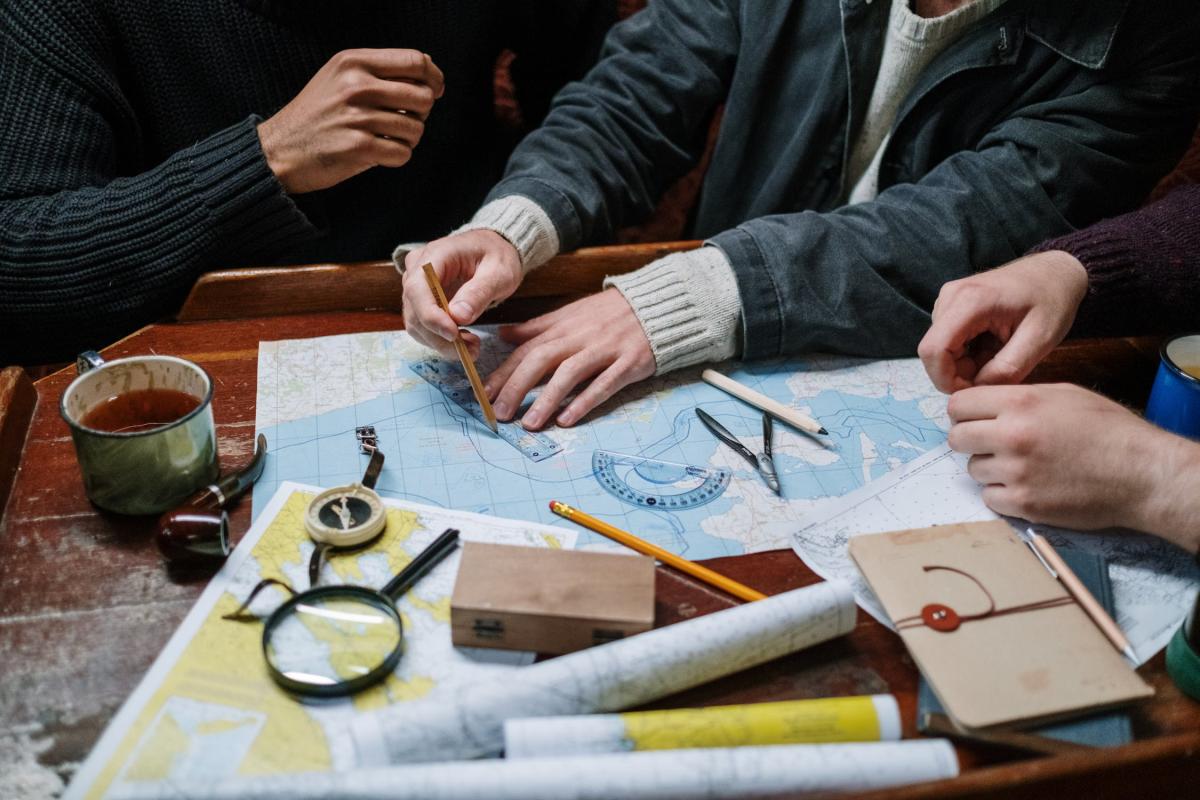In the days when companies simply sold products and services many aspects of design and marketing were straightforward, with each discipline operating in its own camp.
But today’s commercial environment is more complex, interconnected and encompassing – it has led to an economy that revolves around entire experiences. Think of the evolution of watching films – from cinema to TV, from a brand like Blockbuster to the Netflix experience.
In categories where many brands are essentially selling the same product or service, the only ostensible difference is the experience. Banking is a prime example where the differentiator – the only thing the marketers and designers can play with – is the brand experience.
To design a better experience requires designers and marketers to work together to unpick the customer or consumer journey and map out how people ‘think, feel, do and sense’ along that journey. It requires optimising every moment along that journey – helping nudge behaviour – as you design that experience.
By taking that linear consumer journey and wrapping it into a circle of experience, designers can build in incremental gain, and offer a better, more holistic, involved experience. Designers work with marketers to think about the entire journey and how to manipulate, change, improve each stage through redesign and reengineering.
First the designer maps the journey, then works with marketing and research to understand how people ‘think, feel, do and sense’ – firstly at a non-branded level putting the consumer front and centre, and then by applying the brand lens to the journey to see the brand impact. Brand experience building is a team sport – you need to gather people in the same room, to walk in consumers’ shoes along the journey.
Experience brand language is key. We used to think only in terms of the visual brand – the pictures and logo. Now companies need to move from a visual brand language (VBL) to an experience brand language (EBL) and determine how that EBL manifests itself. It’s not about delivering a good experience once, on one product, or one app or website – a brand must be relentless in offering the same level of experience time and time again and that’s where EBL is so vital.
So, for example, at GSK we might look at the Sensodyne customer journey. If someone buys Sensodyne, it is most likely because of a dentist recommendation and involved a sample and expert advice. Our business challenge is to encourage people to move from the sample and advice to purchasing Sensodyne in a store.
So that would involve looking at how we can improve the experience – but the first thing to recognise is that not all dentists are the same, and not all consumers are the same, so we’d create different types of personas for both. On the journey maps there are points where the patient is on their own and where the patient and dentist interact.
By looking at what both the dentist and consumer think, feel, do and sense across the experience journey you can start to solve problems, as it identifies the moments that are good (delighters) or bad (detractors) – and then you can assess what can be improved.
The final golden rule of the customer journey and brand experience is not to forget the Peak End Point Rule – the last element of the experience is the part that lingers the most and will determine the overall opinion of the brand. Think of the best night you have staying at a hotel – great meal, soft towels but let down by the massive checkout queue in the morning. If a brand lets itself down at the final hurdle, it doesn’t matter what it has done right earlier in the journey the experience will disappoint.
It’s by leveraging the full potential and power of design collaborating with marketing that distinct brand experiences can be developed and maximised into being memorable for the right reasons.



